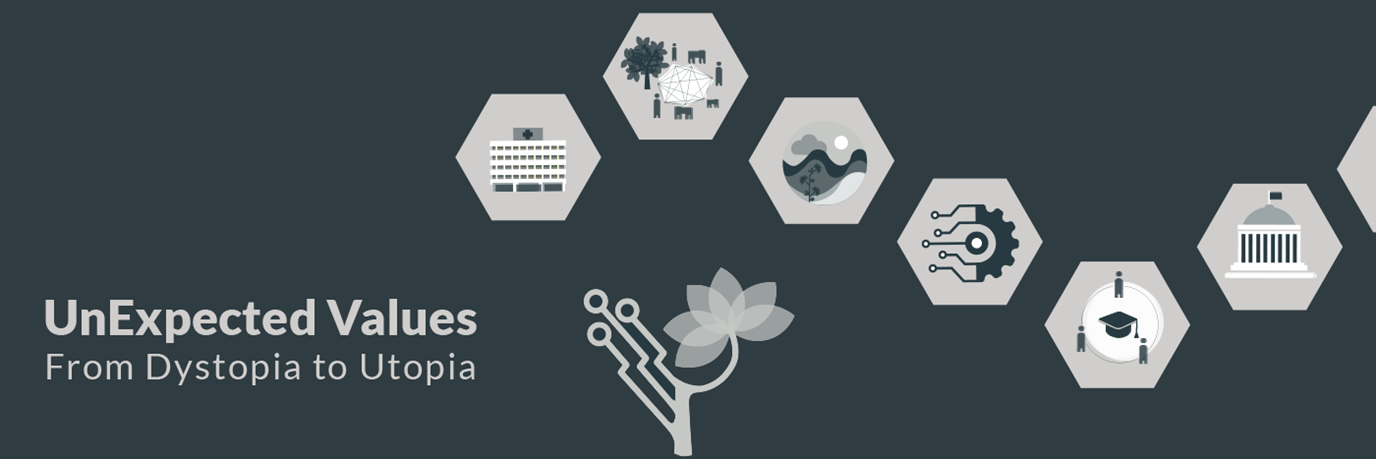Educational Technology: Digital Footprint

Context
Your company's growth relies on digital platforms and devices, but their manufacturing and data centers consume vast energy and scarce resources. While innovations exist to reduce impact, a paradigm shift towards sustainable practices (like shared devices, designing for longevity, and renewable energy) would increase production costs, slow development, and reduce profits.
Dilemma
A) Prioritize a full shift to sustainable practices, investing in eco-design.
B) Continue current development and scaling, prioritizing competitive advantage and rapid market expansion.
Summary
EdTech's growth increases energy use and e-waste. Smart classrooms and AI training consume significant power. Data centers pose a major environmental threat, but renewable energy and efficiency improvements offer hope. Device manufacturing and data transmission contribute heavily to the digital carbon footprint. Researchers advocate for transparency, life-cycle assessments, and sustainable practices. Solutions include energy-efficient devices, recycled materials, device sharing, and legal regulations.
Resources:

